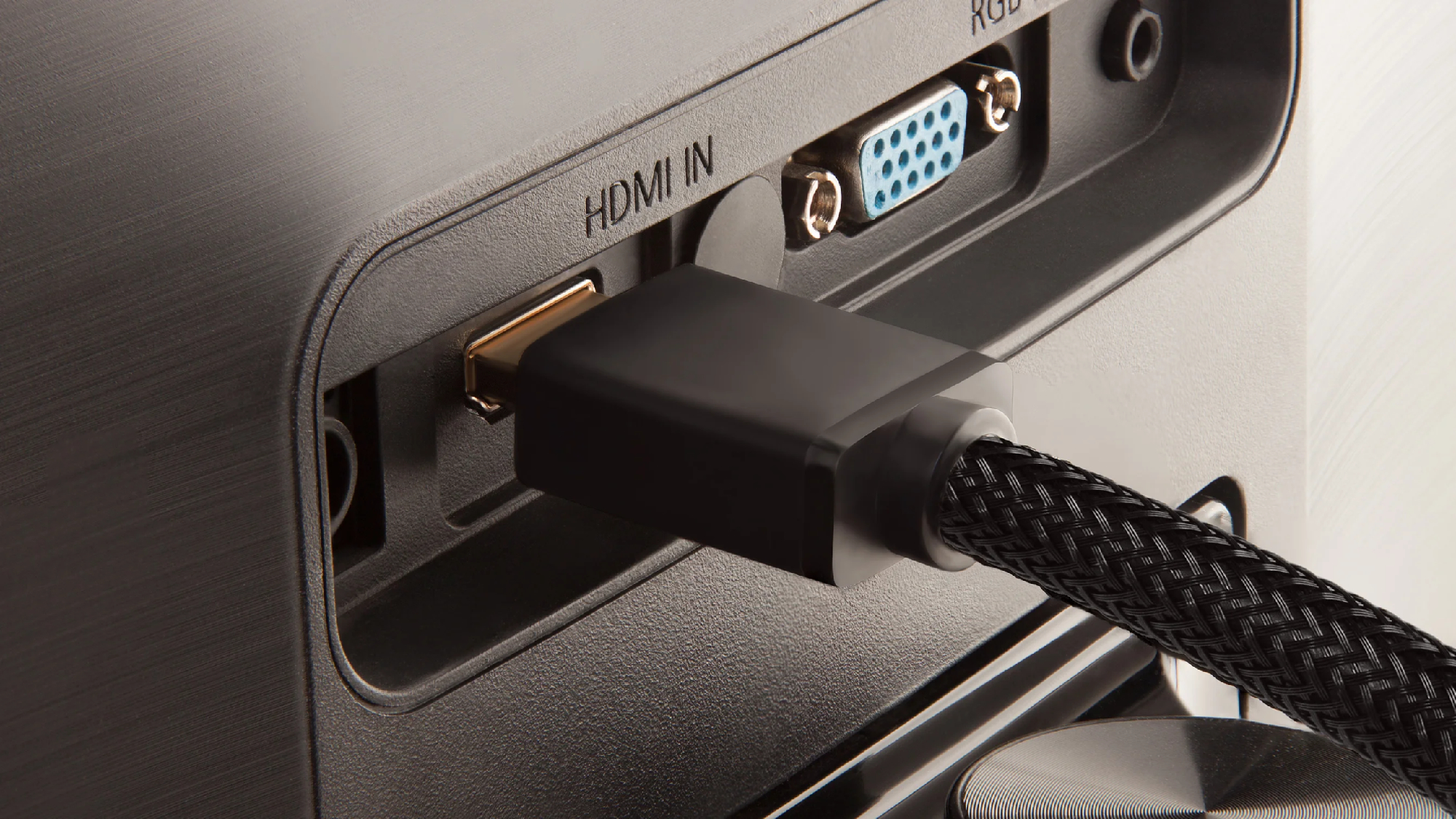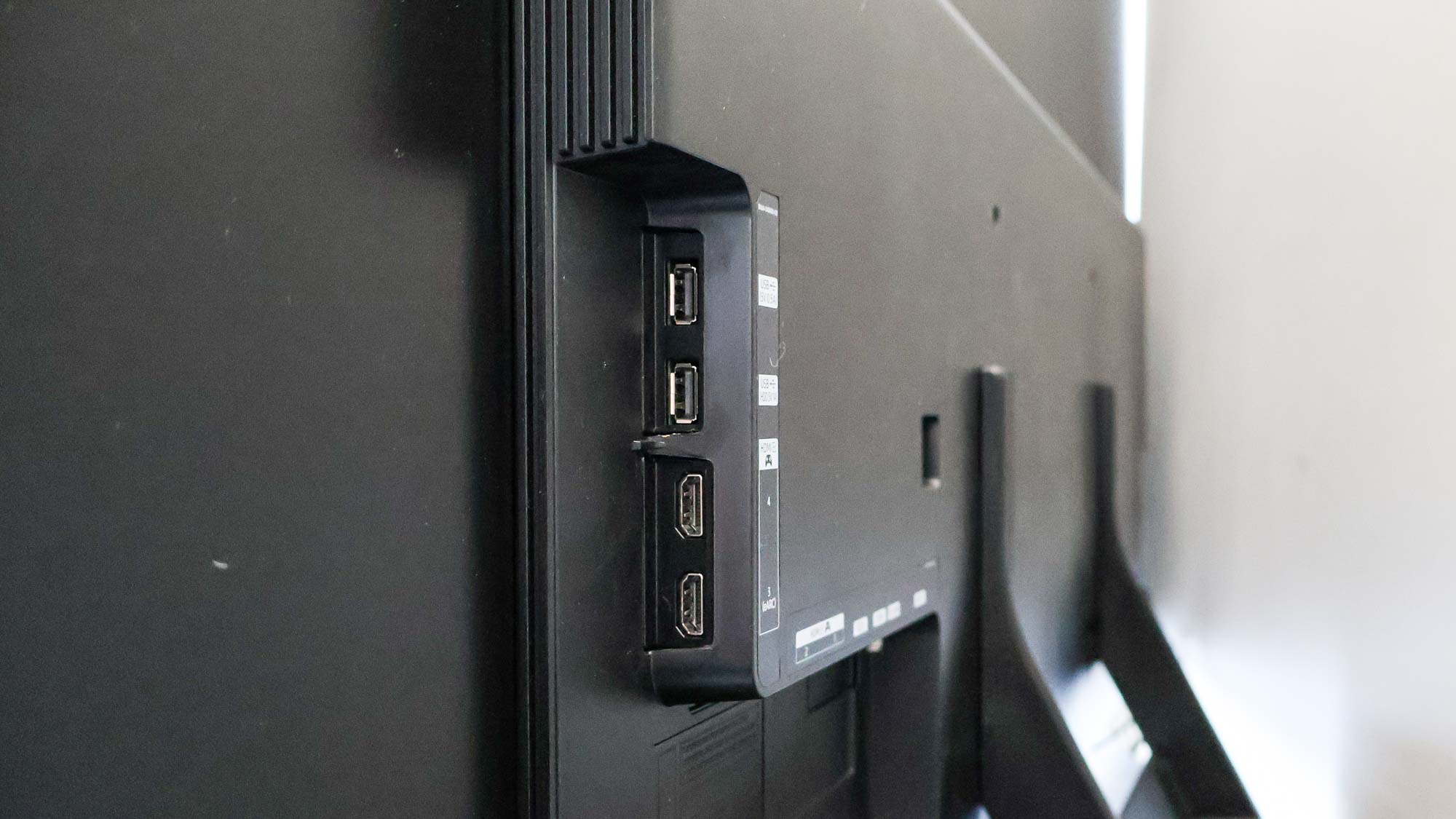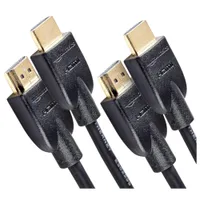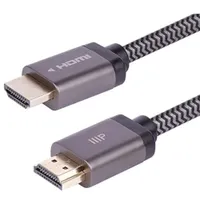I review TVs for a living and most people spend too much on HDMI cables — here’s what you really need
Don't get swindled into spending more than you ought to

I’ve been testing TVs for over a decade, and in that time, I reckon I’ve answered more questions from friends and readers about HDMI cables than about TVs themselves.
If you search for HDMI cables on Amazon, you might get the impression that the results go on forever. It’s no wonder that folks are confused.
But I’ll let you in on a secret: While there’s no shortage of pricey cables, you don’t need to spend a lot on these things.
I mean, sure, you should avoid cheap, flimsy cables that’ll likely need to be replaced in short order, but you shouldn’t overspend, either. Here’s what you need to know.
What type of HDMI cables do I need?

There are two types of HDMI specifications found on today’s TVs: HDMI 2.0 and HDMI 2.1. The latter is a newer spec that allows for better audio support, higher refresh rates and additional gaming enhancements like Variable Refresh Rate (VRR).
Affordable TVs tend to offer HDMI 2.0, while high-end models — including most of the best TVs on the market — are equipped with a full slate of HDMI 2.1-compatible ports. Mid-range TVs often come with both.
If you own an entry-level TV, or one from several years ago, there’s a very good chance it doesn’t support HDMI 2.1. If you’re planning on buying (or already own) a mid-range or high-end TV, at least two of its HDMI inputs are likely 2.1-compatible.
Get instant access to breaking news, the hottest reviews, great deals and helpful tips.
Folks in the first group can safely settle for Premium High-Speed HDMI cables.
Forget all the jargon, though. Instead, just look for sturdy cables from a reputable brand with the following bandwidth: 18 Gbps.
18 Gbps will support everything your TV has to offer. It supports HDR and allows gamers to enjoy 4K titles at 60Hz (though not 120Hz). It’ll work with whatever you’ve decided is the best streaming device for your living room. It has its limitations, but if you’re sticking a small-ish TV in a guest bedroom with nary a soundbar, you’ll be fine.
These 18-Gbps, High-Speed HDMI cables come in a pack of two for around ten bucks. If you're a casual viewer using an affordable TV that only supports HDMI 2.0 functionality, these are a good place to start.
People who own a mid-range or high-end TV — especially those released in recent years — ought to avoid Premium High-Speed HDMI cables limited to 18 Gbps if they want to make the most of their TV’s HDMI 2.1’s perks.
These perks include a host of gaming features (like playing 4K games at 120Hz or above), but there are audio-related perks to consider, too, like eARC support. (You can read more about that in our guide to ARC and eARC.)
Folks who find themselves in this group should buy Ultra High-Speed HDMI cables with a bandwidth of 48 Gbps.
48 Gbps is enough to make the most out of a TV’s HDMI 2.1-related capabilities. If you bought your TV (or plan on buying one) in part because it supports things like 4K gaming at 120Hz or eARC functionality, just make sure that the cables you pick up are 48 Gbps.
These 48-Gbps, Ultra High-Speed HDMI cables from Monoprice are affordable, braided for additional durability and capable of supporting your new TV's A/V- and gaming-related features. Personally, I wouldn't spend more than this on Ultra High-Speed HDMI cables.
Are gold-, silver- or bronze-plated HDMI cables worth it?

You will not see a difference in picture quality between a gold-plated cable and a basic cable.
Take it from someone who’s been drowning in cables for years: You really don’t need to get fancy with these things.
For home viewers, the advantages of silver-, bronze-, or gold-plated cables are primarily aesthetic. You will not see a difference in picture quality between a gold-plated cable and a basic cable if they’re rated for the same features.
Now, you might decide that a braided cable feels more sturdy, or you might just appreciate how the look of a more premium cable blends in with the rest of your A/V equipment. If you feel comfortable spending up on these options, by all means, indulge. Just don’t expect to get a better picture.
Here's the TL;DR...
When shopping for new HDMI cables, consider the following: cable length, bandwidth and the sturdiness of the materials.
Is your TV limited to HDMI 2.0 inputs? Buy 18-Gbps HDMI cables.
Does your TV support HDMI 2.1-related features that you’d like to use? Buy 48-Gbps cables.
Are you unsure about what HDMI-related features your TV supports? Play it safe and stick to Ultra-High Speed, 48-Gbps HDMI cables. They’re not that much more expensive, and in the worst-case scenario, you’ll have better, more capable cables to use in the future.
More from Tom's Guide

Michael Desjardin is a Senior Editor for TVs at Tom's Guide. He's been testing and tinkering with TVs professionally for over a decade, previously for Reviewed and USA Today. Michael graduated from Emerson College where he studied media production and screenwriting. He loves cooking, zoning out to ambient music, and getting way too invested in the Red Sox. He considers himself living proof that TV doesn't necessarily rot your brain.
You must confirm your public display name before commenting
Please logout and then login again, you will then be prompted to enter your display name.


